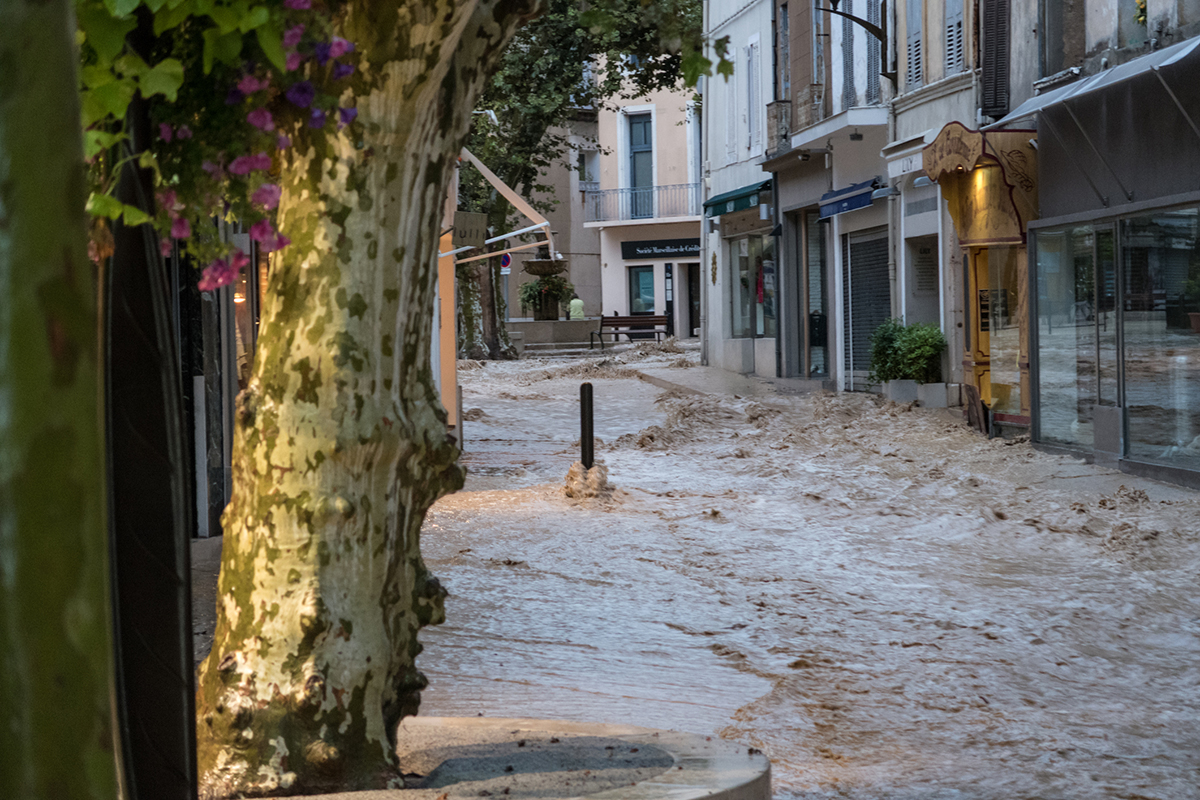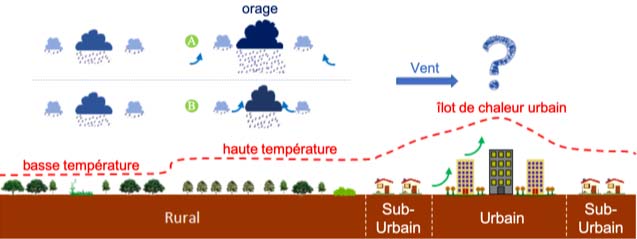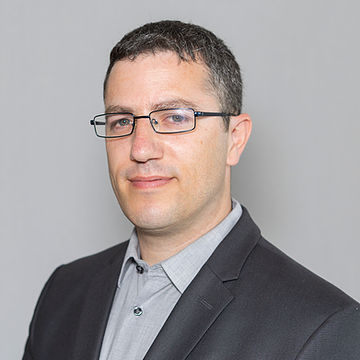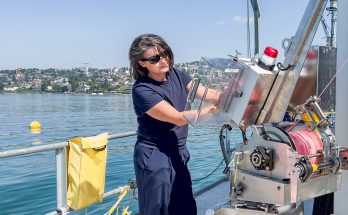Cette publication est également disponible en :
![]() Français
Français
How climate change impacts hydrology? And how can we better prepare for the future challenges of hydrological hazards and risks? The desire to find answers to these burning questions motivates the research of Nadav Peleg, recently appointed FNS Eccelenza Professor at the FGSE.
By training, Prof. Peleg is a hydrometeorologist. So far, his research has focused on analysing the interactions between climate and hydrological systems and exploring the impacts of climate change. For example, he and his colleagues recently studied how climate change affects the area, intensity, and frequency of extreme rainfall and flood occurrence (Peleg et col. 2020).
What is your main research question for the next few years at the FGSE?
Nadav Peleg : Recent years have seen an increase in urbanization, and we expect the majority of the world’s population to live in cities by the end of the century. By becoming larger and denser, cities will become warmer and drier. As a result, extreme rainfall will intensify, leading to an increase in the frequency of urban flooding.
We plan to investigate how cities modify extreme rainfall events and the physical reasons behind the modifications. We plan to use this knowledge to investigate different scenarios of urban growth and climate change. We will project the expected changes in flood regimes based on the city form.

A flood at Cassis close to Marseille, in the morning of September 13. 2015 (© Dreamstime.com)
Why is this question important to you?
NP : I believe that we can prepare better for dealing with urban flooding if we ask this question. To reduce the damages from future urban floods, we should start designing drainage systems and taking other mitigation steps today. This project will bring us closer to this goal.
Why have you chosen the FGSE for your Eccellenza project?
NP: The FGSE appealed to me because I anticipated many internal collaborations with my colleagues in the three institutes. In particular on topics related to climate change and climate extremes, natural system modelling, and urban research. I think this project will be a good fit with the faculty’s ongoing research.
Hydrometeorology and Surface Processes, Research group of prof. Peleg
You have set up an international network: how will you work together?
NP : There will be several cities involved in this project, such as Milano, Beijing, and Sydney. We will have collaborators in each city who will assist with data collection, fieldwork, and setting up the hydro-climatic models. Working with our collaborators requires us to travel a bit to the different cities, which is challenging with some of the countries’ current restrictions on travel, but still manageable.




